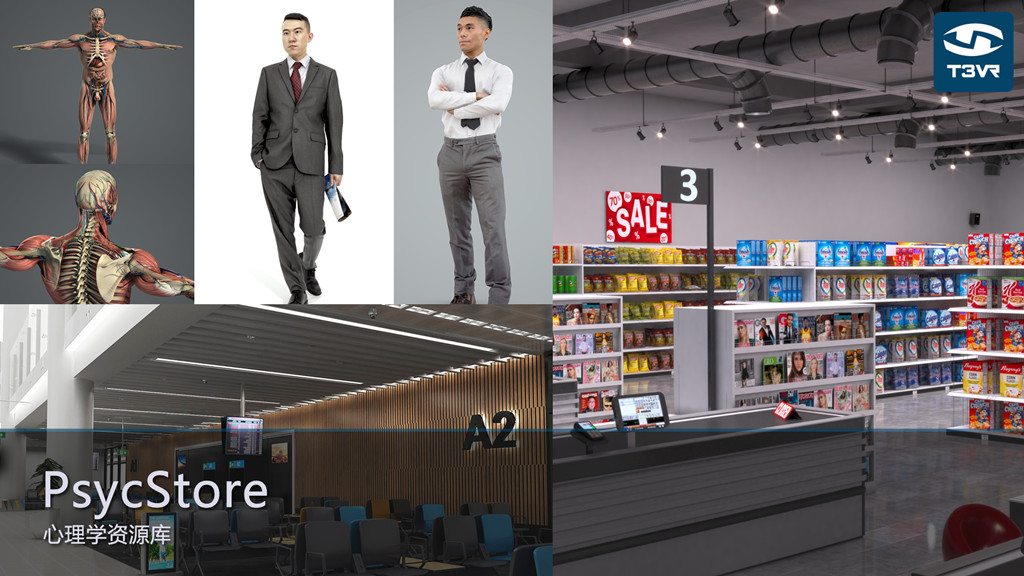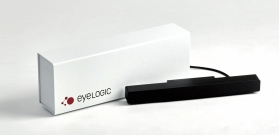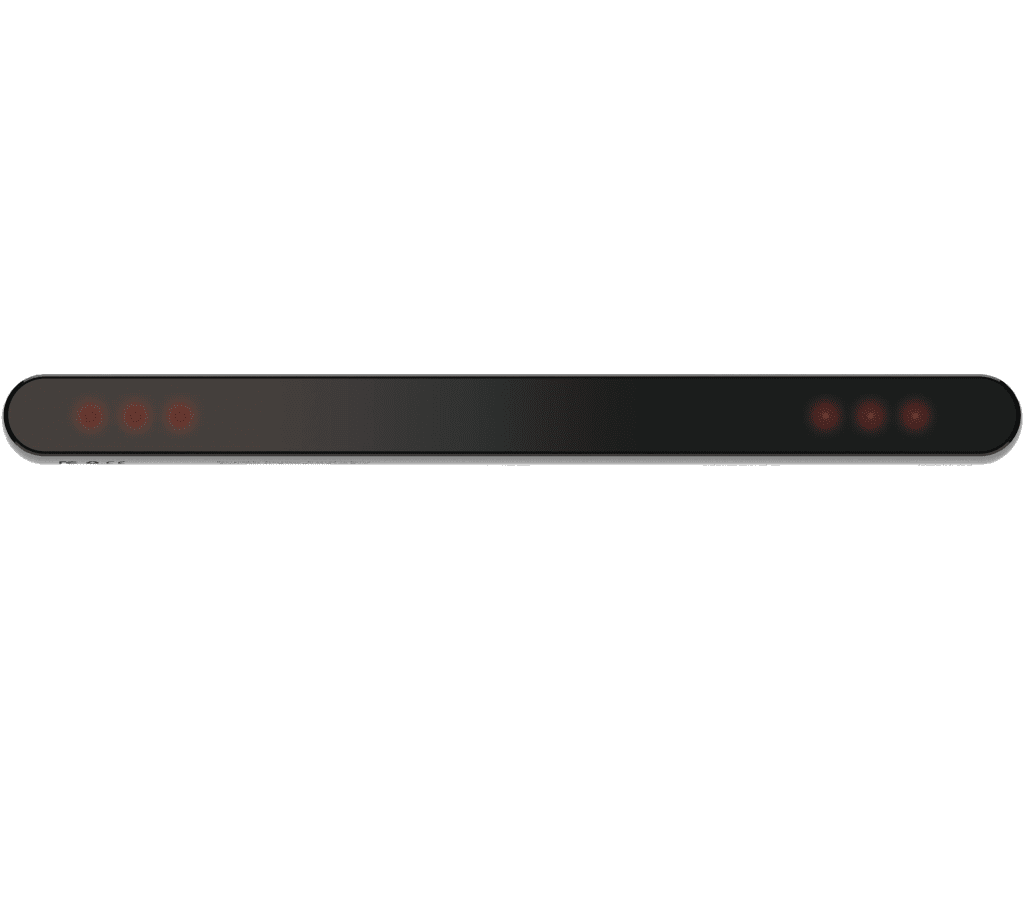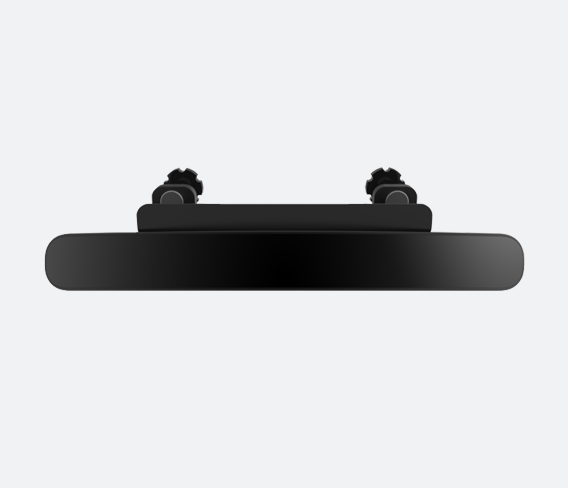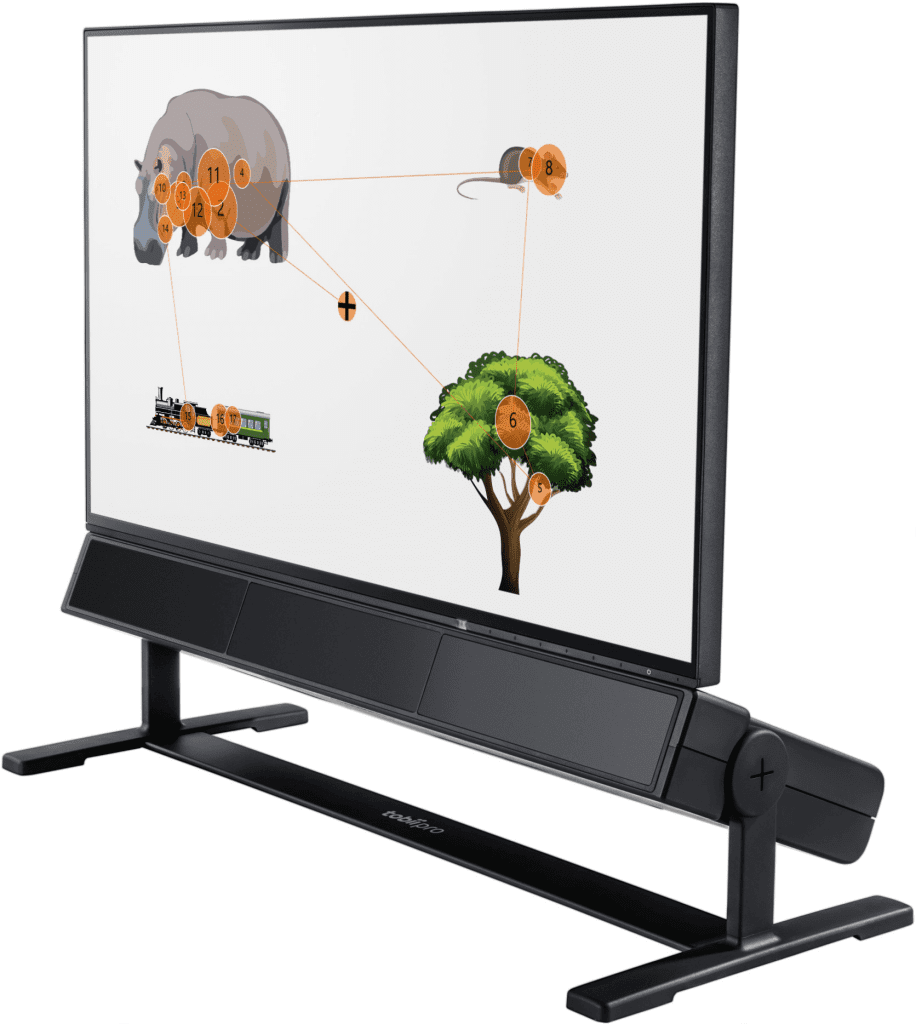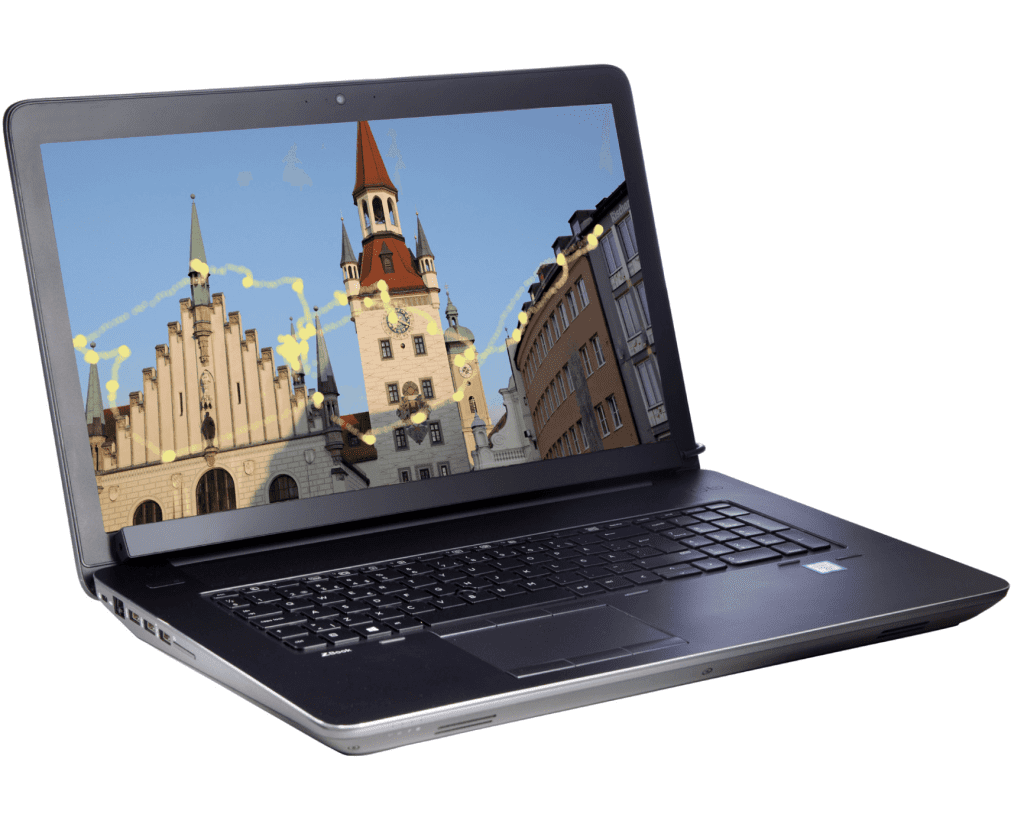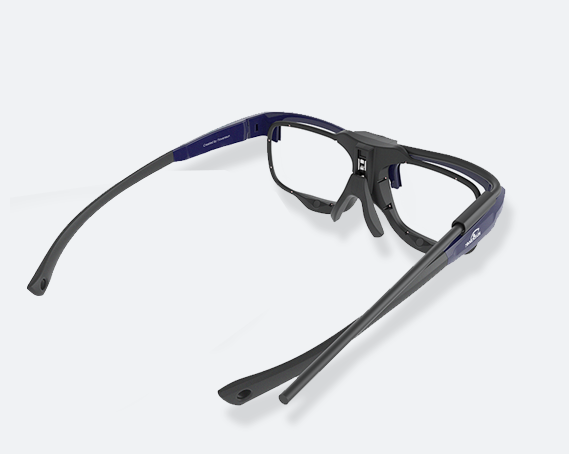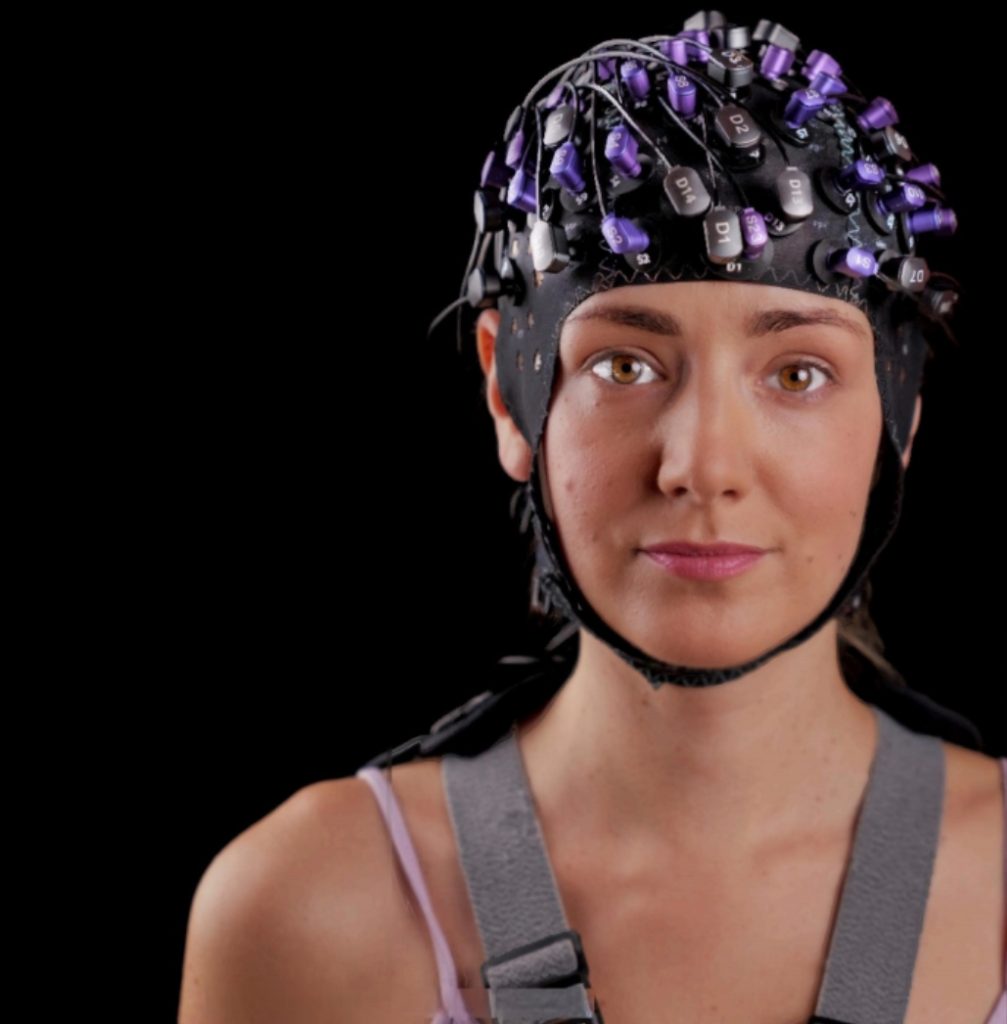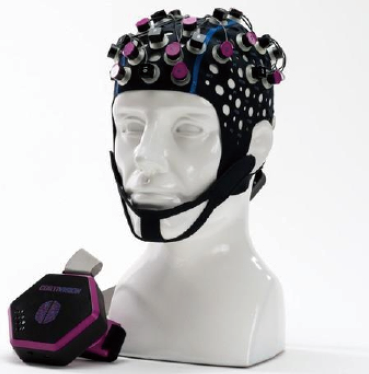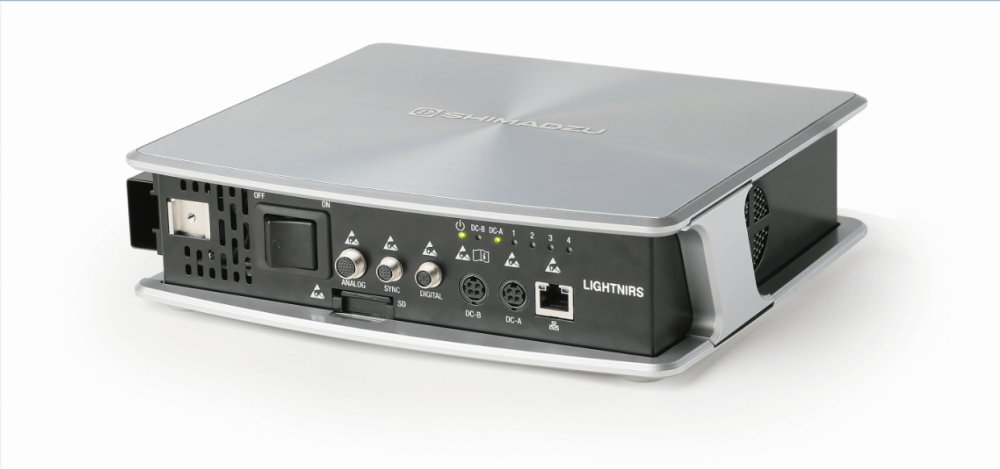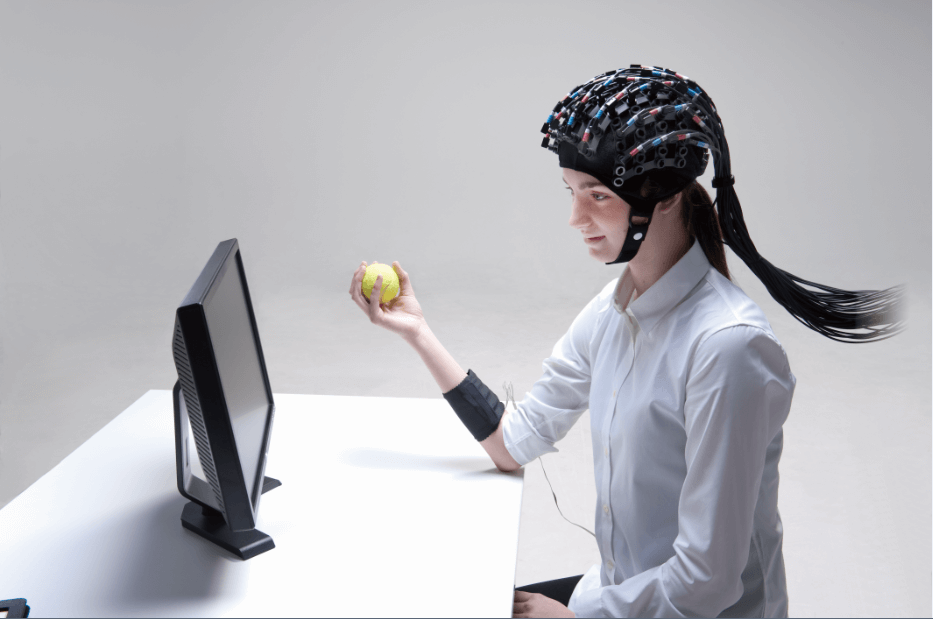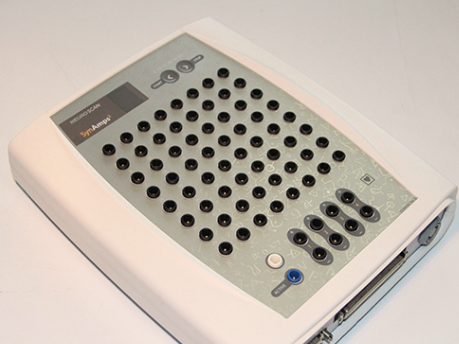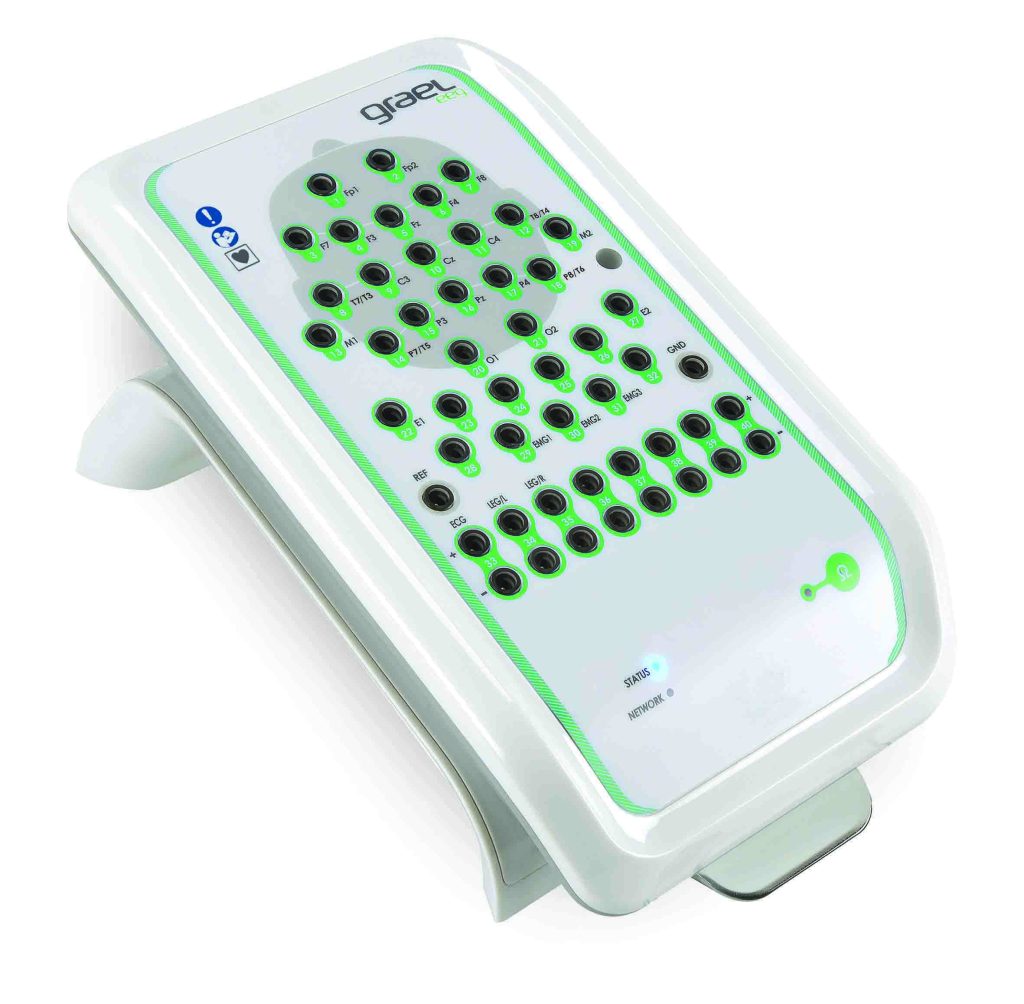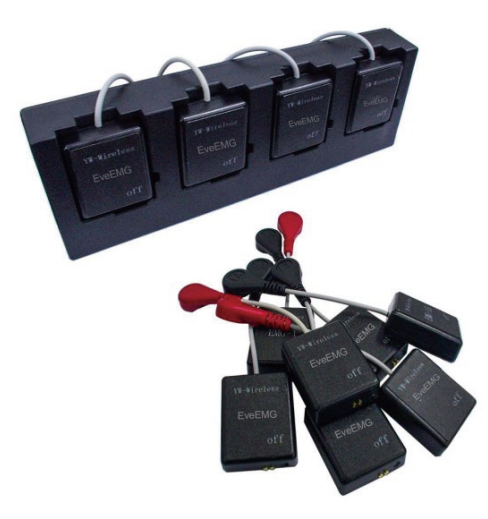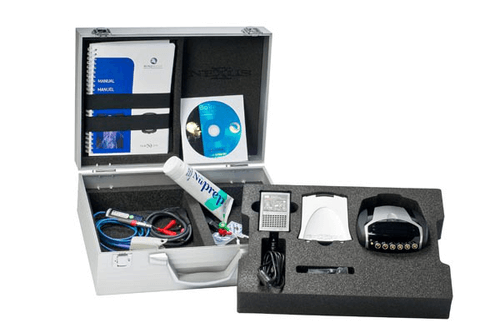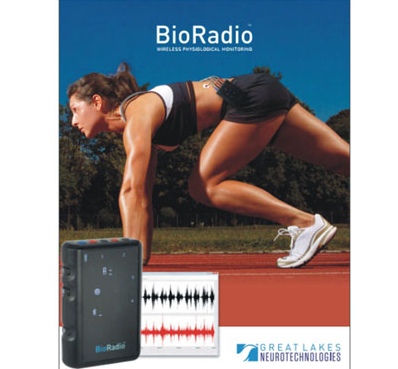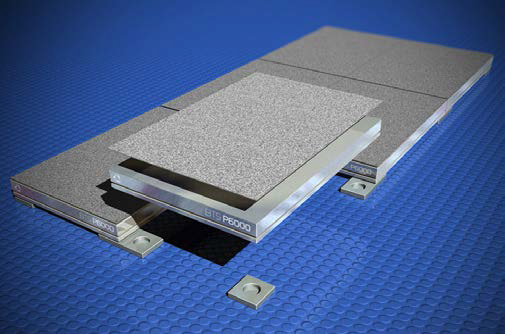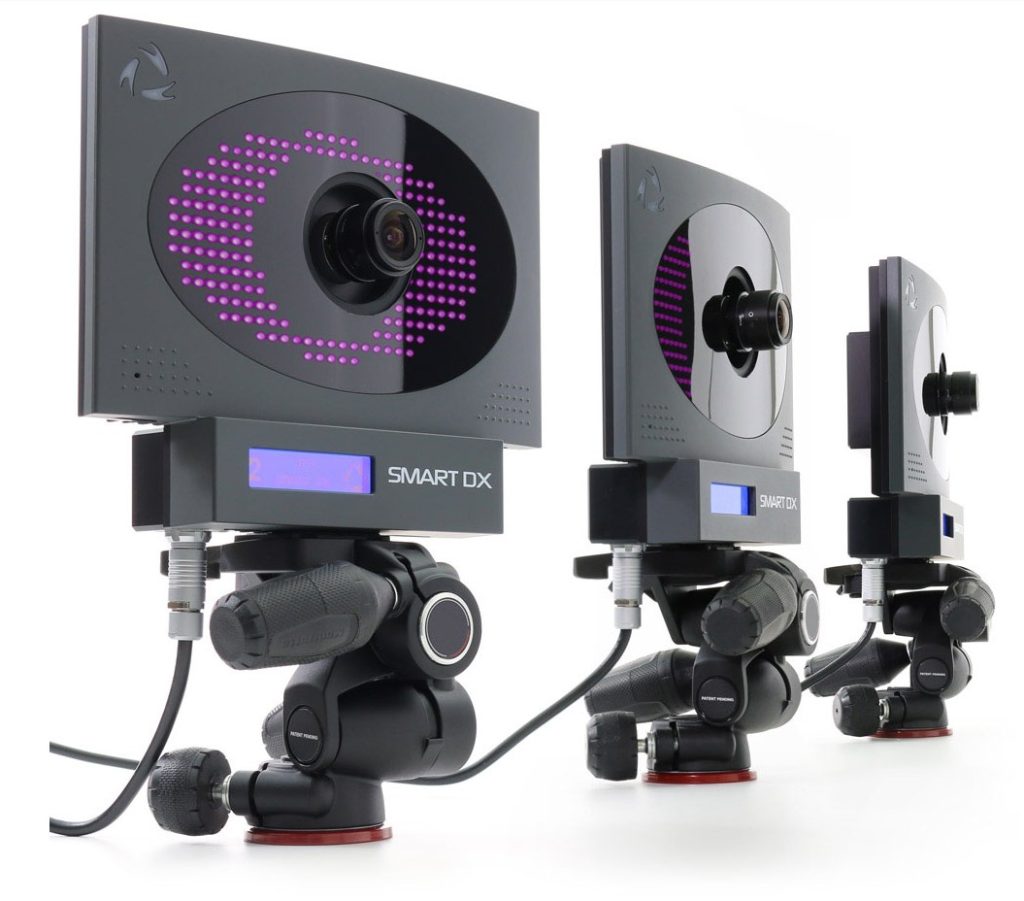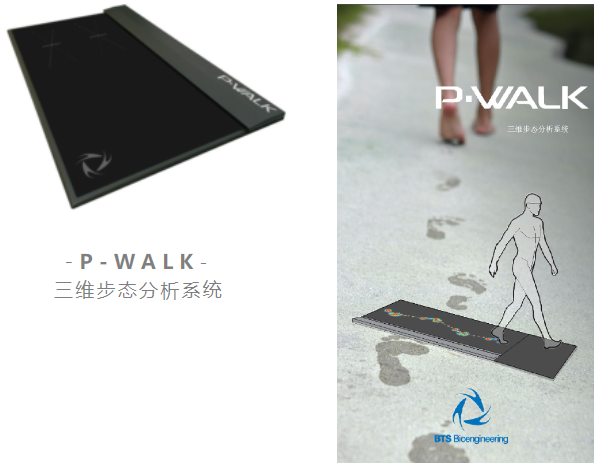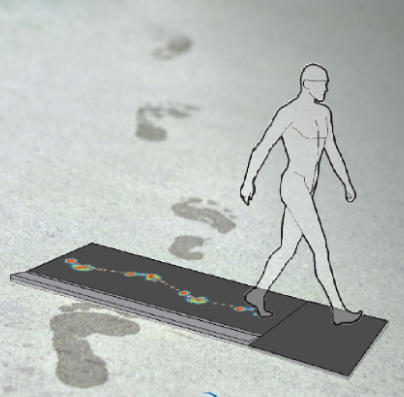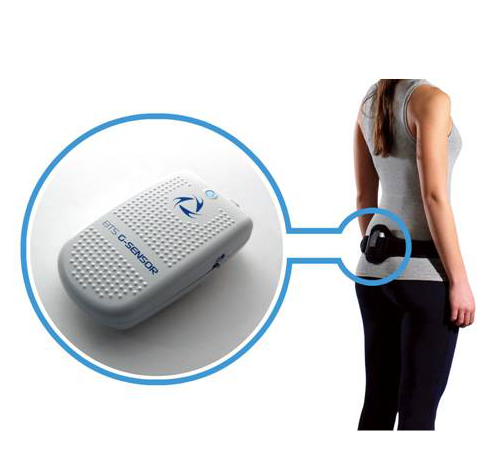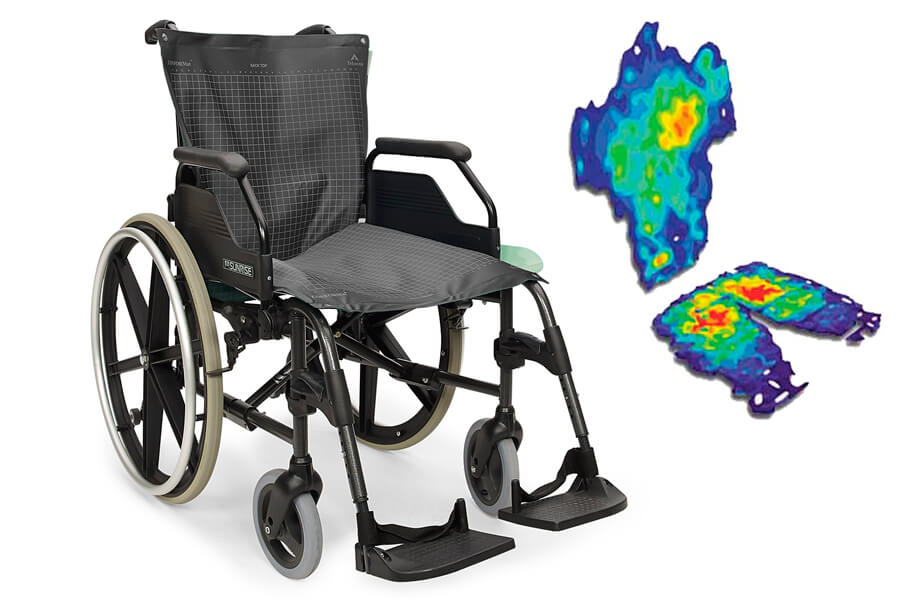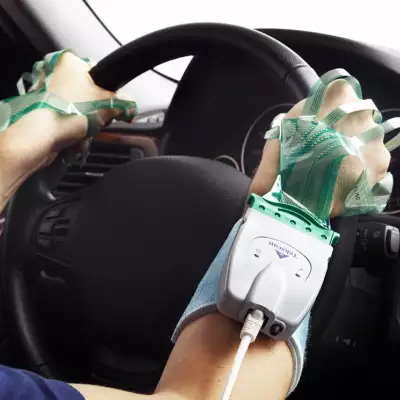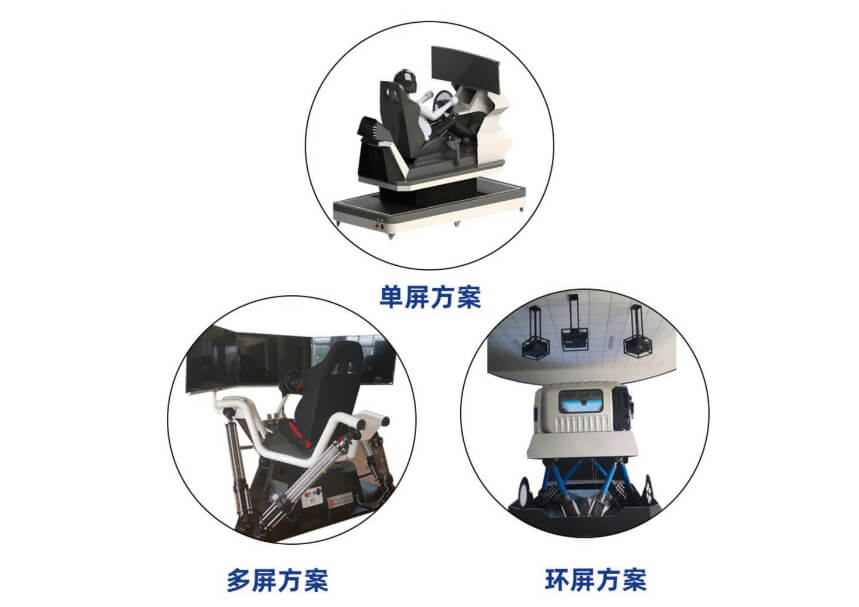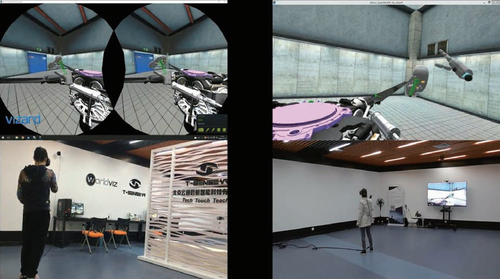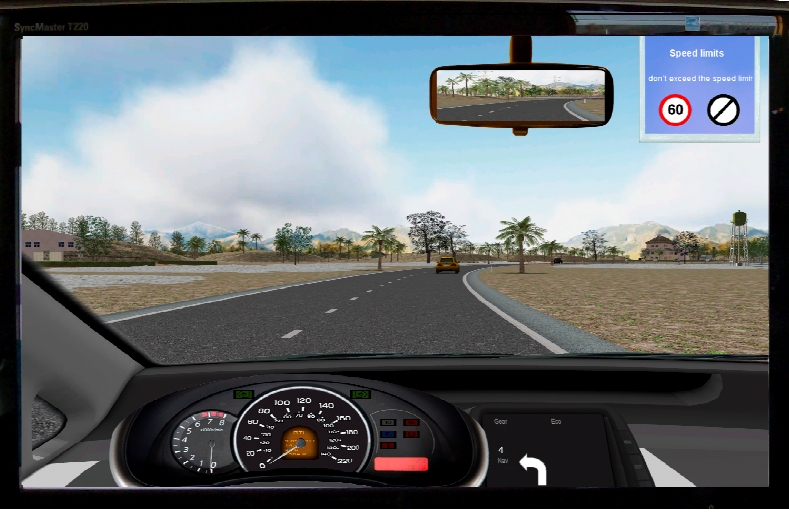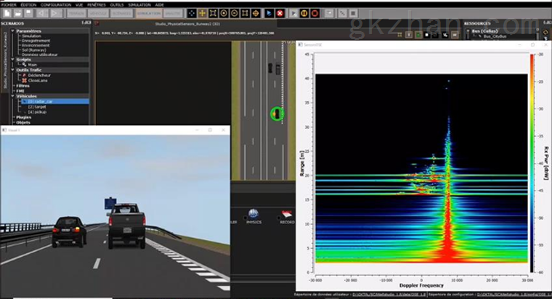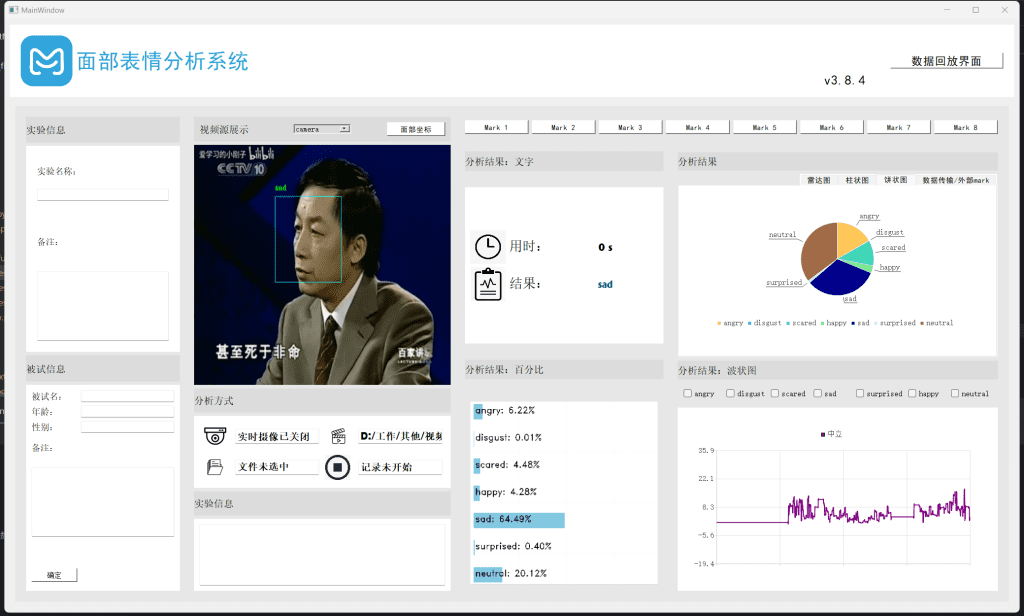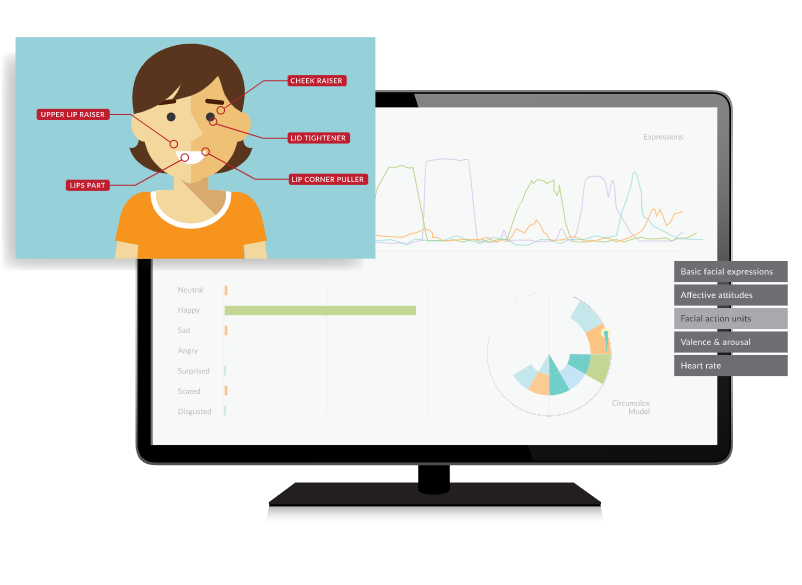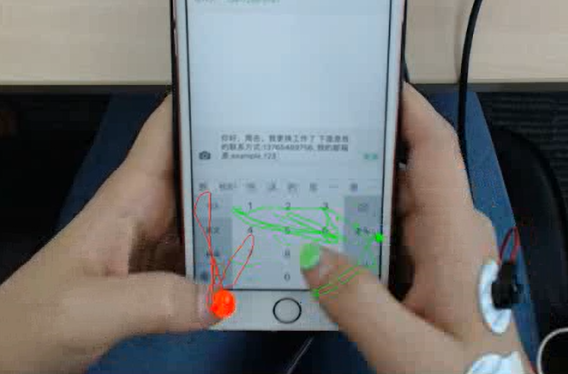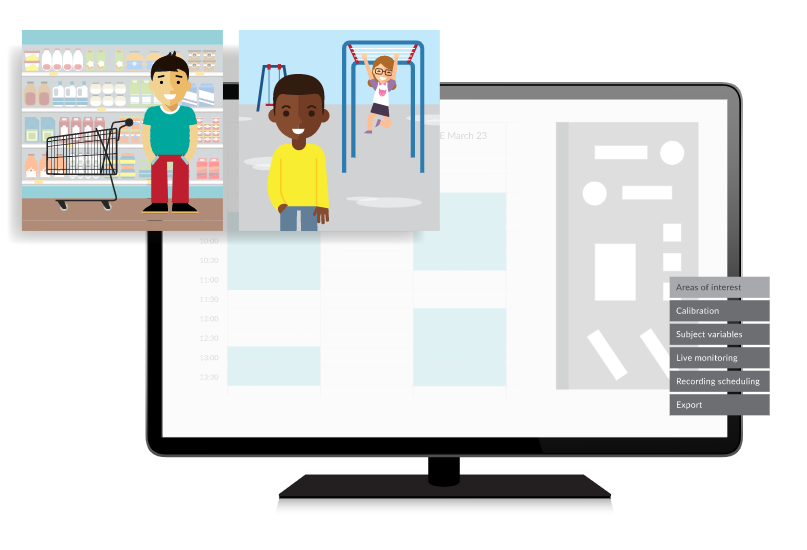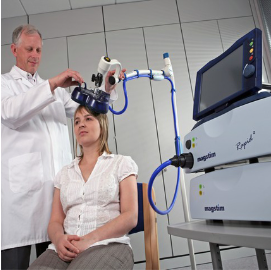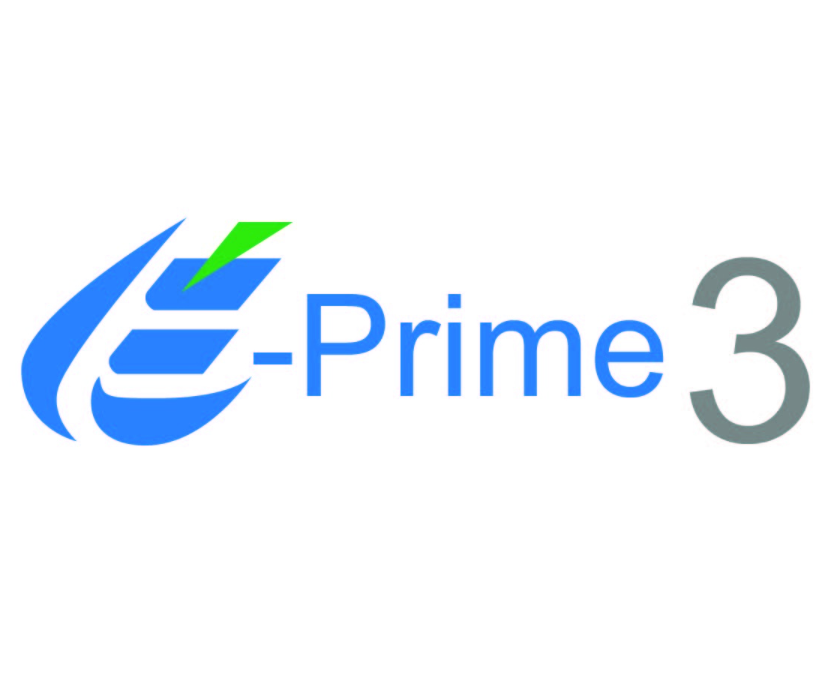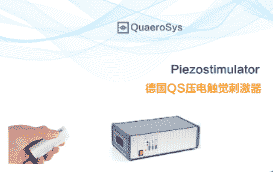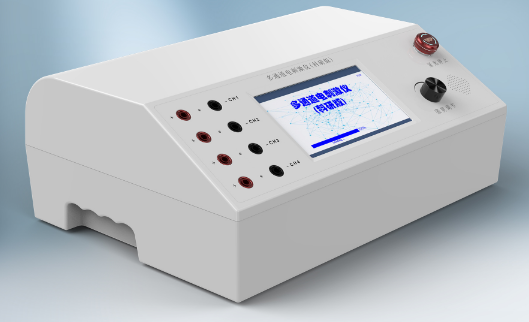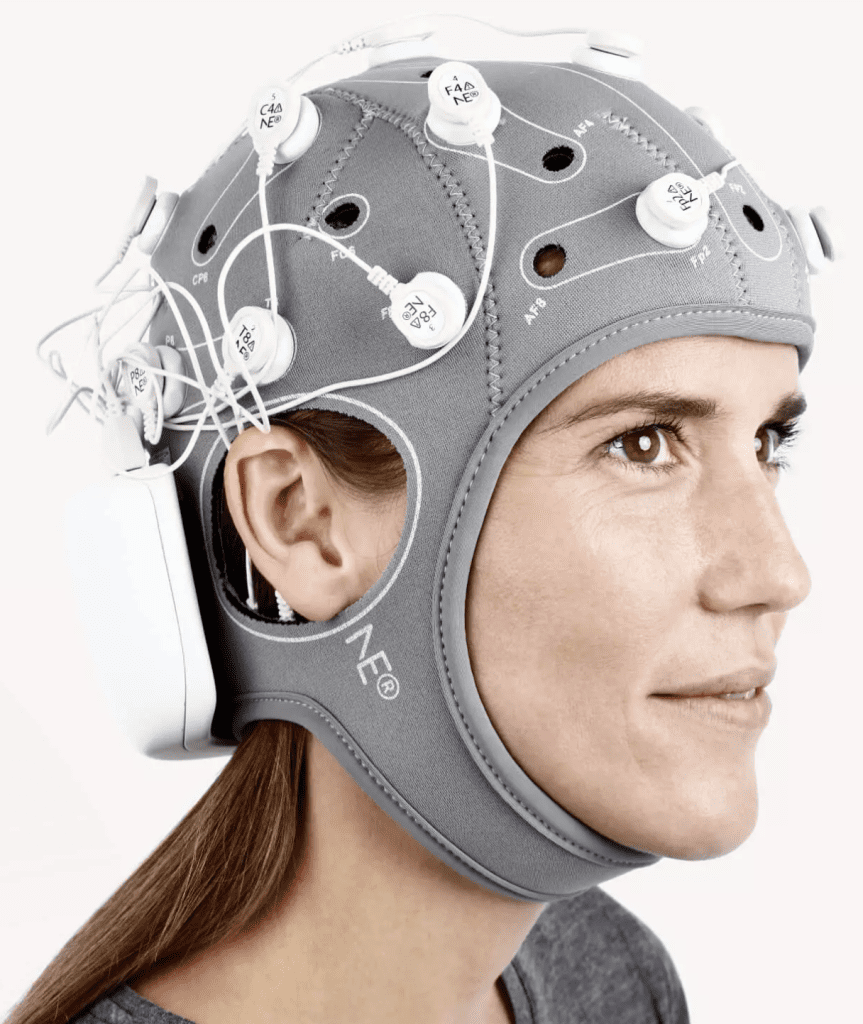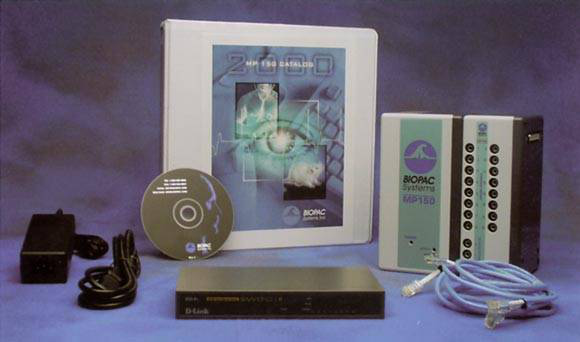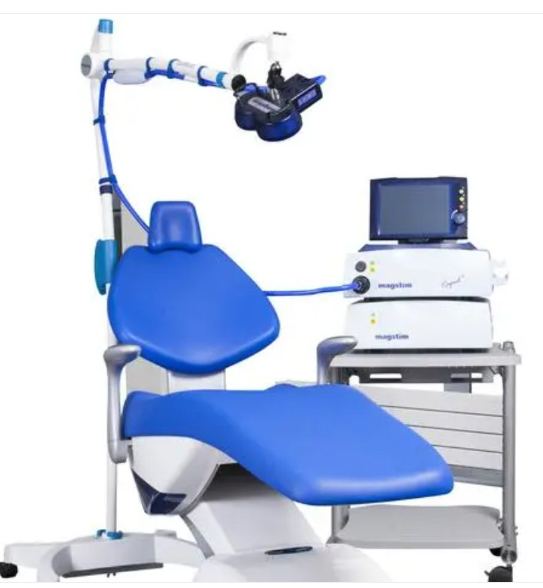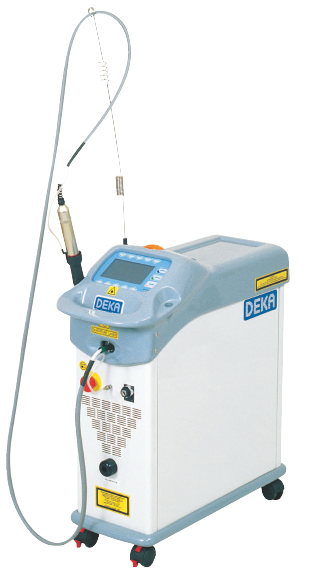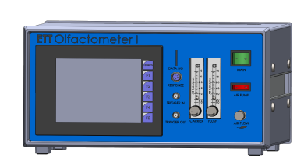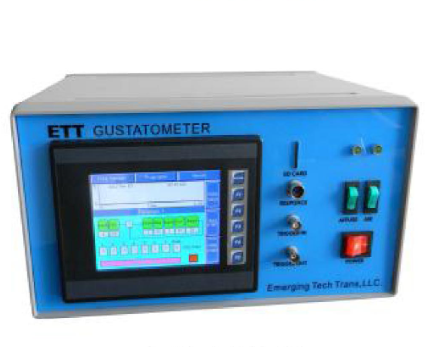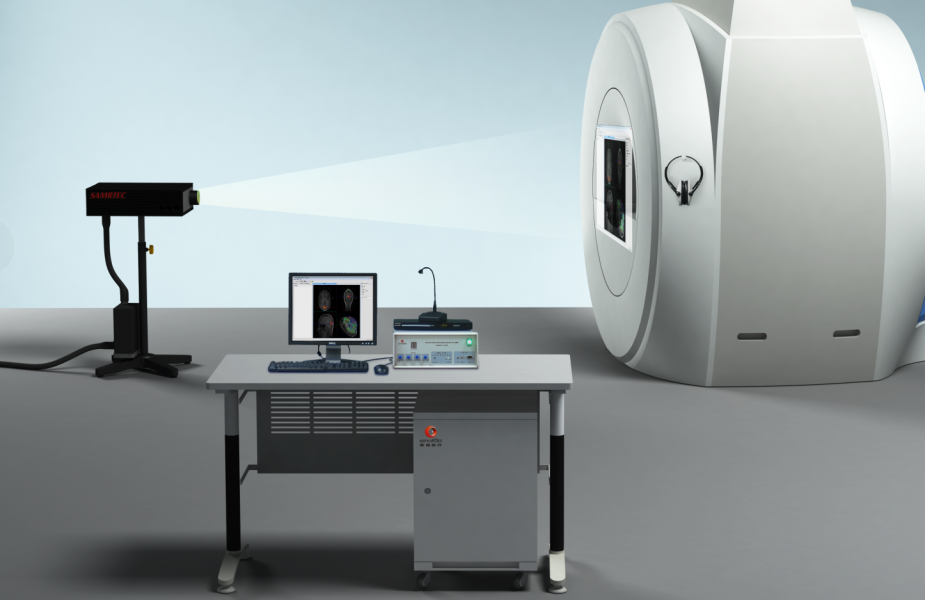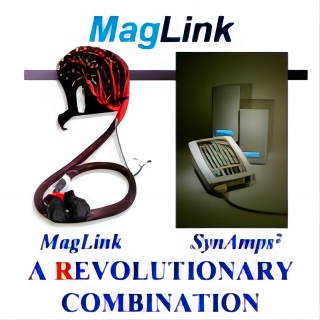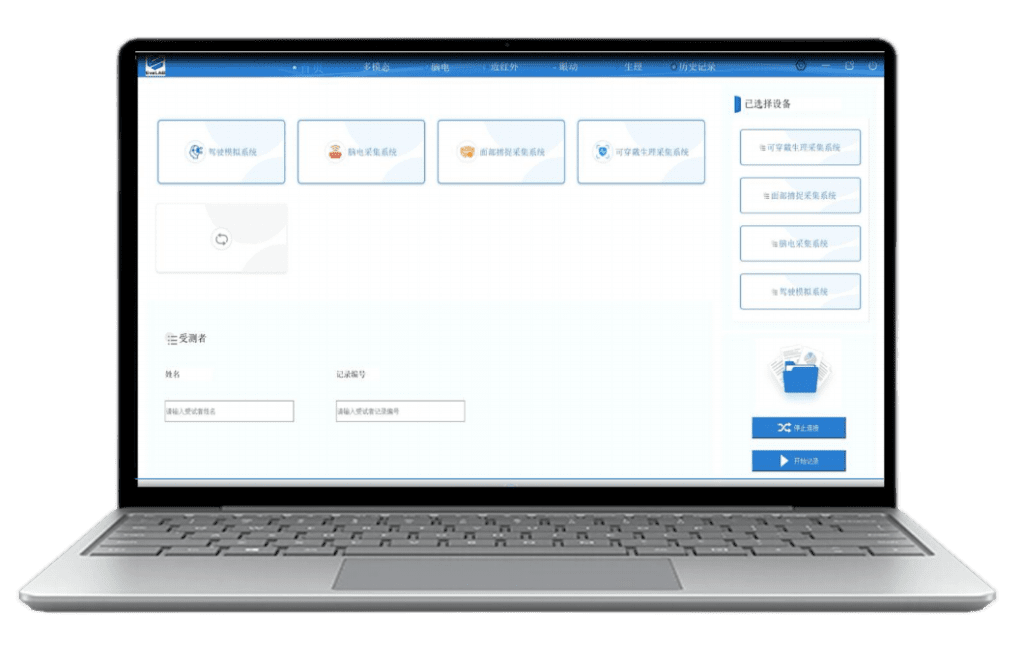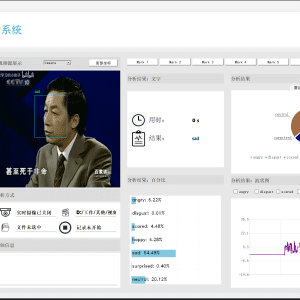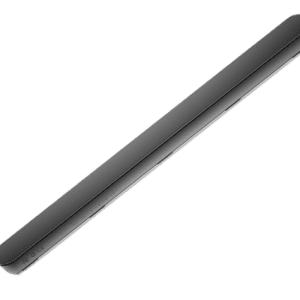Product Description
QuickTrial.3D zero-code 3D experimental platform is an independent research and development of Beijing Hengzhi Technology Co., Ltd. with independent intellectual property rights for the field of psychology research and experimental software platform: can quickly build a standardized, based on the experimental samples of the data-driven experimental process in psychology, can be presented with a complex three-dimensional virtual reality or two-dimensional planar visual multi-sensory stimulation, can be accurately recorded experimental logs data, seamless access to and flexible switching of a variety of hardware devices in the neighborhood.
QuickTrial.3D zero-code three-dimensional experiment platform based on professional computer graphics underlying architecture development, plug-in software structure, can be flexibly expanded with new features. It graphically encapsulates the experimental commands, experimental processes, UI interface, logging, equipment management, data analysis, etc., which are commonly used in psychology research, and a complete psychology experiment can be quickly constructed by dragging and dropping and parameter setting. At the same time, the experiment content can be exported to Python source code, combined with the Vizard virtual reality development engine for secondary development, for researchers, teachers or students with R & D capabilities to provide a more flexible way to realize.

QuickTrial.3D zero-code 3D experimental platform was designed with the core need for accurate data acquisition in mind. The platform can switch between synchronous rendering mode and asynchronous rendering mode to adapt to different experimental requirements. Synchronous rendering ensures minimal delay in stimulus presentation and coding synchronization, and asynchronous rendering ensures the operational efficiency of complex scenes. Synchronous rendering can be enabled based on the API interface of QuickTrial.3D zero-code 3D experiment platform SDK.


Software Platform Key Features:
- Supports structured, modeled, and flow-based psychology experiment development, with rapid assembly of experiments via graphical drag-and-drop and parameter configuration;
- Applicable to scientific research in several subfields of psychology;
- Support two-dimensional plane, three-dimensional virtual reality way of multi-sensory experimental stimulus presentation, can quickly and smoothly in the PC monitor, 3D stereoscopic TV, virtual reality helmet, stereoscopic projection system (CAVE) to switch between, to meet different experimental scenes;
- Graphically define Trial and Block structures. The professional experiment process engine embedded in the platform provides multiple types of process nodes to flexibly build single or multiple core experiment processes, and supports multiple complex experiment structures in series, parallel or nested with each other;
- Trial process driver based on experimental sample data, support for data table addition, deletion, modification and checking operations. Support flexible sampling rule settings, including: run-time conditional filtering, sequential, random non-repeat, random repeat; support for a variety of resampling rule settings and exit rule settings; support for sample data and parameter settings import and export (Excel);
- Supports presentation duration settings, including fixed duration, changing duration and unlimited duration;
- Support conventional two-dimensional and three-dimensional interface components, can be graphically constructed experimental interface interaction system, for example: experimental guidance, attention point, task selection, experimental feedback, closing statement and other interfaces can be quickly constructed and according to the response to the event show or hide;
- Supports global data bus for easy data sharing within the software;
- Supports export of experiments to Python source code for secondary development, running and exe executable distribution in the Vizard virtual reality development engine;
- Support synchronous rendering and asynchronous rendering mode switching to meet the precise data acquisition (SDK);
- Commonly used virtual reality tracking systems, helmet display systems, eye-trackers, physiometers, EEG, and MRI devices can be seamlessly accessed;
Software platform 2D/3D graphic image processing features:
- Support common 3D model formats: fbx, obj, dae, wrl (VRML2/97), flt (Open Flight), 3ds (3D StudioMax), txp (multi-threaded TerraPage loader), geo (Carbon Graphics), bsp ( Quake3 world layers), md2 (Quake animation models), ac (AC3D), obj (Alias Wavefront), lwo/lw (Light Wave), pfb (Performer), osgb, 3dc point cloud, Cal3D (with virtual objects, virtual⼈物) and so on;
- Support common image formats: rgb/rgba, dds, tga, gif, bmp, tif, jpg, pic, pnm/.pgm/.pbm, png, jp2 (jpeg2000) and so on;
- Support common sound file formats: wav, mp3, au, wma, mid, etc;
- Support common video file formats: avi, wmv, mpeg, mp4 and so on;
- Supports dynamically generated 2D and 3D text functionality in virtual scenes;
- The model can be panned, rotated, and scaled;
- Model color and transparency (alpha) can be set. Alpha blending (transparency) of materials and surfaces is supported;
- Real-time view of the experimental scene rendering efficiency, providing CPU and GPU individual statistics. For example, Draw call, Drawable and other statistics;
- Multiple animation controls for models: rotate, move to, zoom to, path animation, fading, serial animation, etc;
- Supports avatar animation control;
- OpenGL-based rendering methods: Supports most OpenGL features, including the latest file extensions such as VBO and vertex-fragmentation programs;
- Supports dynamic updating of models (hot updating), with the ability to dynamically replace models online;
- Supports runtime recording of video and audio, saving the content of the experience viewpoint to the file system;
- Built-in high-level 3D rendering modes, including multi-pipeline rendering, quad buffering, raster stereoscopy, etc., supporting both active and passive stereoscopic forms;
- Supports preset interaction points;
- Built-in support for sky contours and loading sky box models;
- Supports weather and climate simulation, e.g. rain, snow, cloudy (haze), etc;
PsycFlow Psychology Experiment Flow Engine (QCT SDK Experiment Development Kit)
summary
PsycFlow is a middleware for psychology experiment flow engine, which helps teachers and researchers to quickly develop virtual reality-based experiments in psychology and related fields.PsycFlow is developed based on Vizard, which can meet the construction of many complex experimental processes, such as series mode, parallel mode, phase embedded mode, and equilibrium mode. PsycFlow can also choose different execution branches according to different preconditions.
With PsycFlow, you can define the Trial core process and the number of Blocks at will, and you can easily configure the node's rendering duration and response mode, so as to control the presentation of experimental stimuli and the collection of response data. It supports both synchronous and asynchronous rendering modes. Synchronous rendering ensures minimal latency in stimulus presentation and coding synchronization, while asynchronous rendering ensures the operational efficiency of complex scenes.
Experiment development can be greatly reduced and made more efficient with the PsycFlow psychology experiment flow engine middleware.
Currently, the Institute of Psychology of the Chinese Academy of Sciences has adopted PsycFlow for the development of related experiments, which significantly improves the progress of experiment development and maintainability at a later stage.
characterization
- Developed based on Vizard, it can be called directly after introduction, and can be used in conjunction with Vizard's native APIs;
- Supports the development of structured and modeled psychology experiments with externalized process nodes for guide words, gaze points, stimulus presentation, feedback, and interval times;
- Supports Trial driver based on experimental data DataTable, can load external Excel or built-in data table, can be driven jointly by multiple tables;
- Support a variety of complex experimental process construction, can be customized Trial core process and the number of Block;
- Support customized presentation duration, including fixed duration, changing duration and unlimited duration;
- Supports a variety of base peripheral response methods as well as loading expandable peripherals;
- Supports playback of the experimental process, which facilitates the observation of the subject's responses in the virtual scenario;
Support synchronous rendering and asynchronous rendering to meet the stringent latency requirements of basic psychology and the needs of social psychology and applied psychology for efficient rendering of rich scenes


PsycStore Psychology Resource Library
summary
PsycStore Psychology Resource Library provides 3D static models, 3D animation models, avatar models, avatar movements, avatar expressions, and other psychological experiment packages for psychology and related fields. The model materials have been optimized by professionals to meet industry standards and can be directly imported into the development engine. Psychology experiment packages include the program implementation of common classic experiments, which can be run directly and the results can be changed by simple parameter modification. It is convenient for teachers and researchers to use it as a basis for innovation and expansion.
characterization
There is a wide variety of model materials, including: landscape, large scenes, electronic products, animals, tools, furniture, toys, transportation, food, plants, office supplies, human organs, virtual people and so on;
The model is aesthetically pleasing and ready to use through careful optimization;
The experimental packages include: spatial cognition experiments, decision-making experiments, emotion experiments, fear of speech experiments, and fear of heights experiments;
Model materials and experiment packs will continue to be updated to add more rich content;
